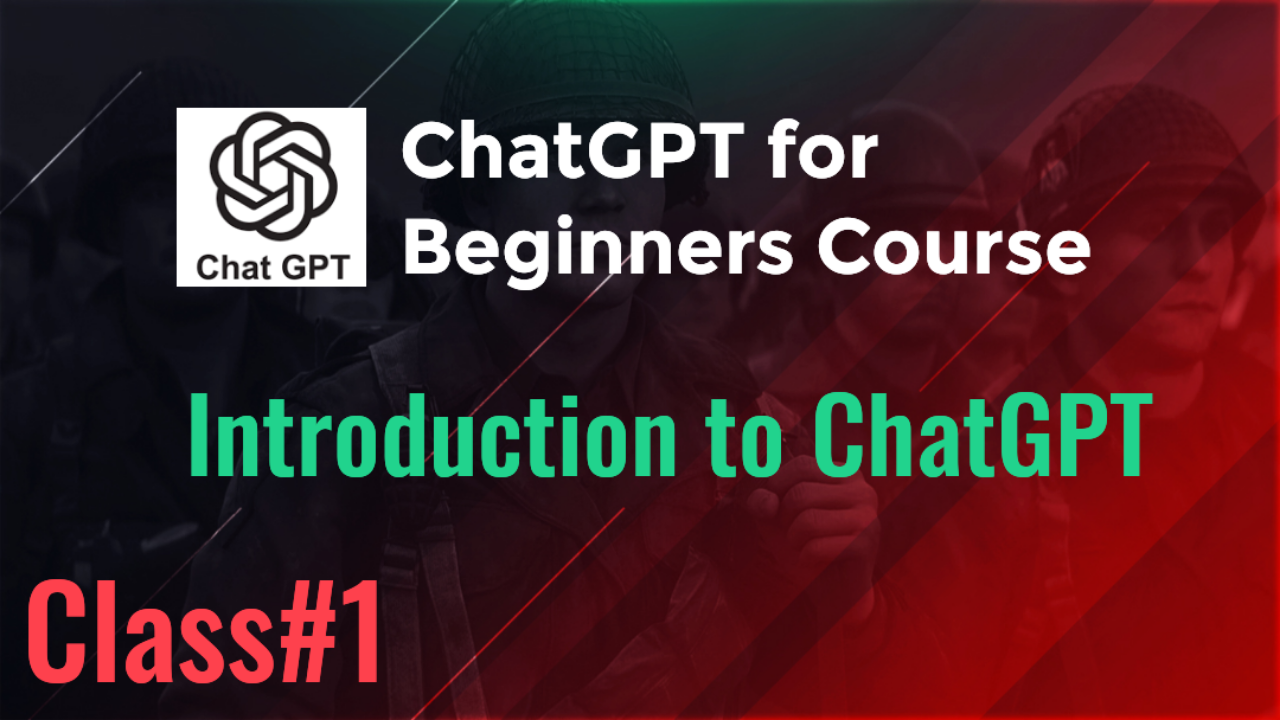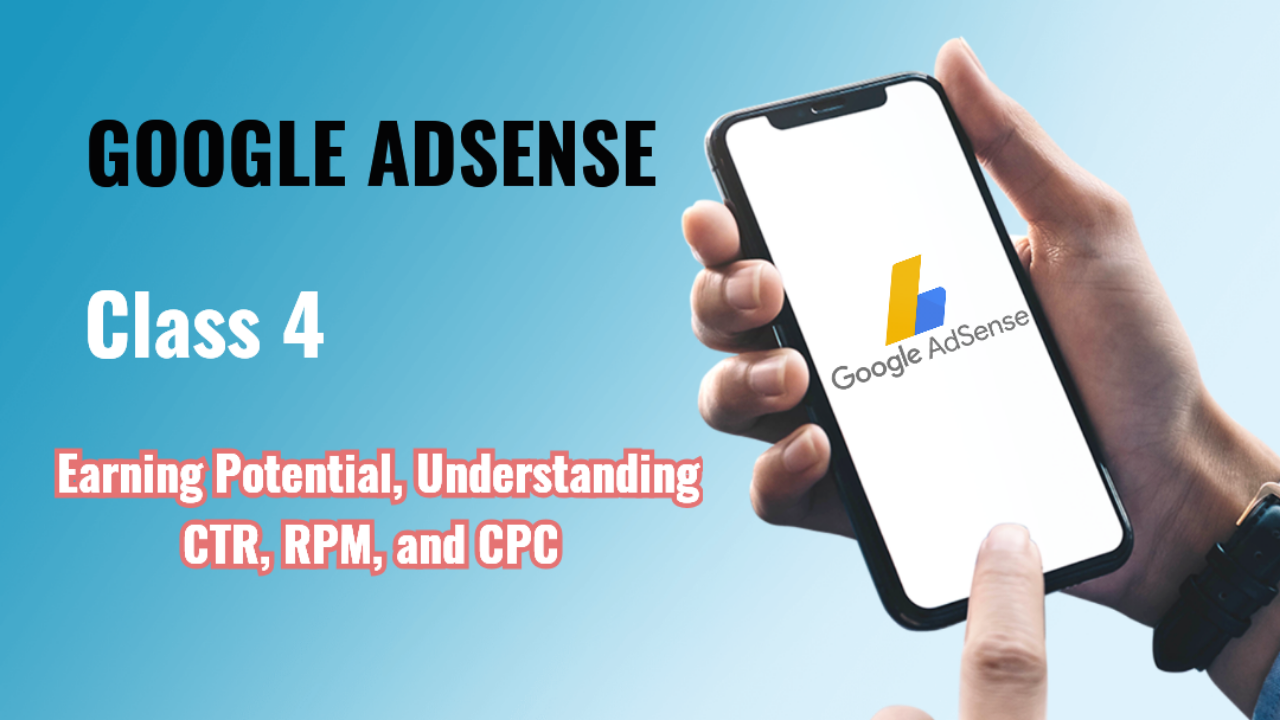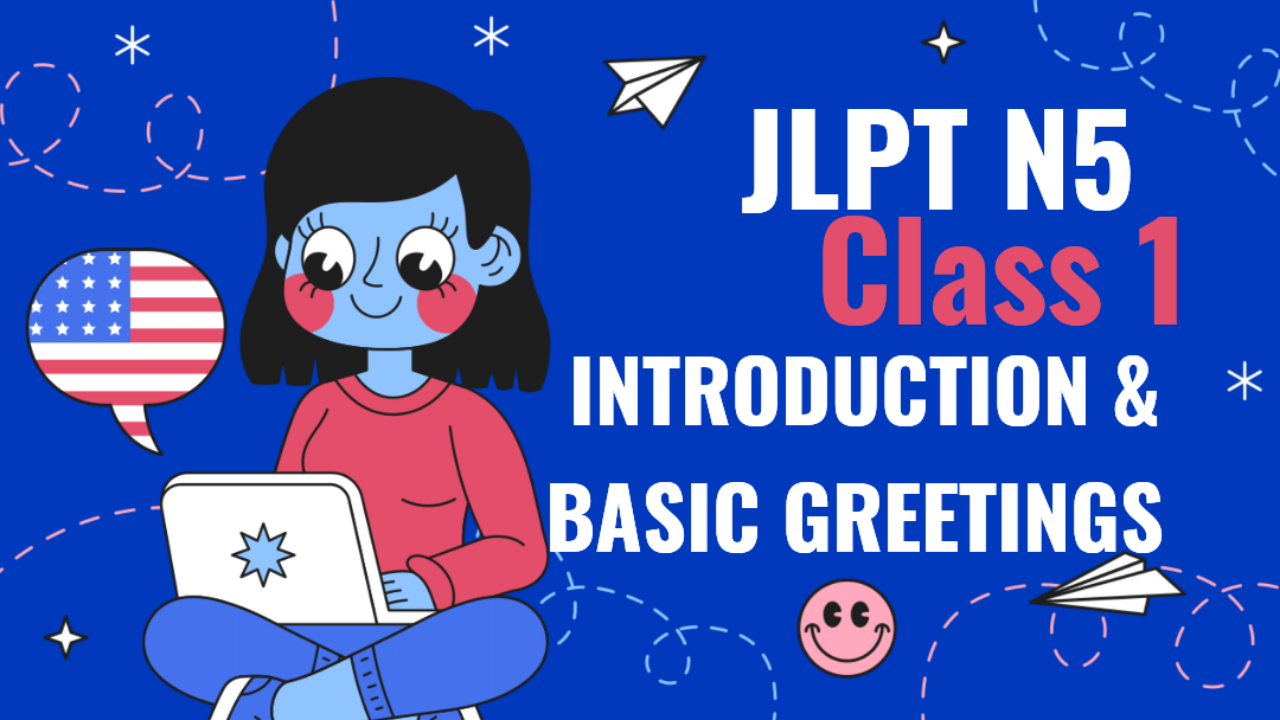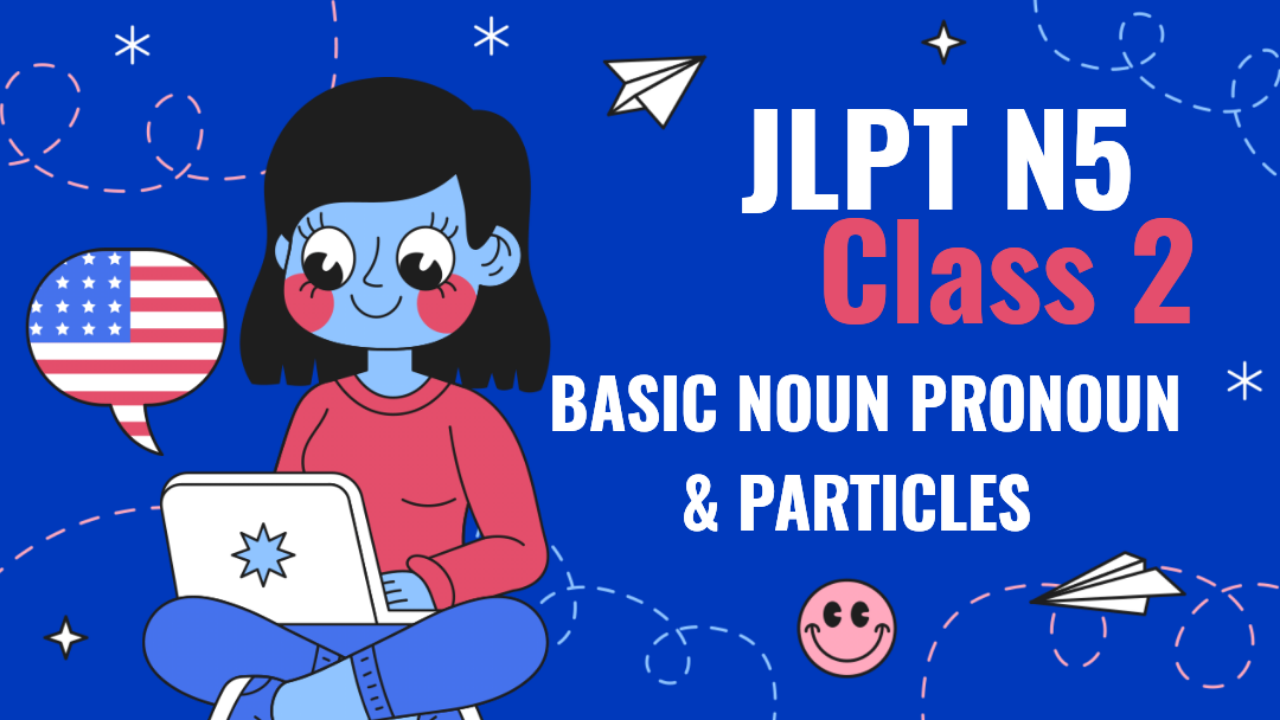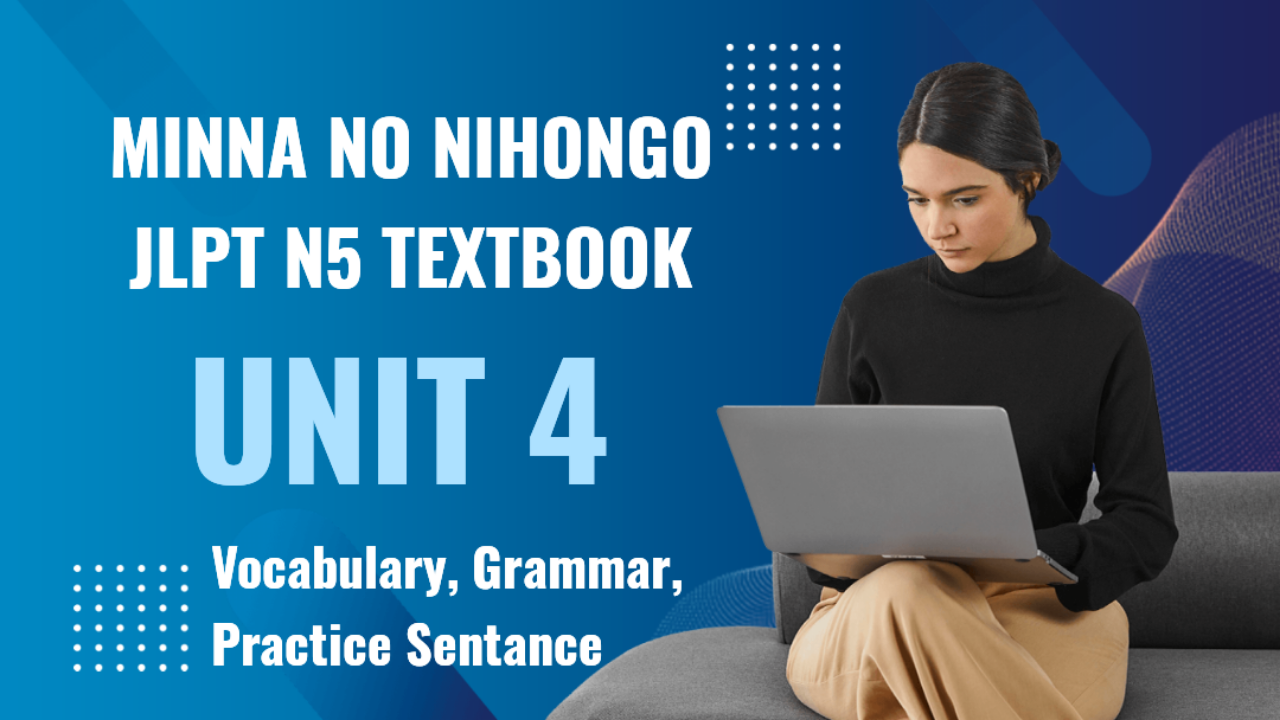IGNOU MBA (MMPC-05) - Operations Management
Unit 13: Business Forecasting
In this class, we will cover Unit 13: Business Forecasting from the MMPC-05 subject. This includes a thorough explanation of the theory, study material, headings, subheadings, and relevant exercises, as well as assignment, self-study, and exam questions.
13.1 Introduction to Business Forecasting
Business forecasting involves predicting future business conditions by analyzing past and current data. It is a crucial tool for making informed decisions in various areas of a business, such as finance, production, marketing, and human resources.
Key Characteristics of Business Forecasting:
- Data-driven: Relies on historical data to predict future trends.
- Probabilistic: Involves some degree of uncertainty and risk.
- Time-based: Can be short-term, medium-term, or long-term, depending on the forecast period.
13.2 Importance of Forecasting in Business
Business forecasting helps organizations in the following ways:
- Planning: Assists in budgeting, setting targets, and resource allocation.
- Decision-Making: Helps managers make informed decisions about production, sales, marketing strategies, and more.
- Risk Management: Identifies potential risks and uncertainties that may arise in the future.
- Improved Efficiency: Optimizes inventory management, workforce planning, and other operational functions.
13.3 Types of Business Forecasting
Business forecasting can be broadly classified into qualitative and quantitative methods.
13.3.1 Qualitative Forecasting Methods
These methods rely on subjective judgment rather than numerical data. They are often used when historical data is unavailable or limited.
Common Qualitative Methods:
- Expert Opinion: Uses the knowledge and experience of experts to make predictions.
- Delphi Method: A group of experts provides forecasts independently, and the results are averaged.
- Market Research: Collecting data directly from customers to understand their preferences and predict demand.
- Scenario Writing: Developing different scenarios based on possible future events.
13.3.2 Quantitative Forecasting Methods
These methods use statistical and mathematical models to forecast future trends based on historical data.
Common Quantitative Methods:
- Time Series Analysis: Uses historical data to identify trends, patterns, and seasonal variations.
- Causal Models: Assumes that the variable being forecasted is dependent on one or more other variables (e.g., sales forecast based on advertising expenditure).
- Exponential Smoothing: A weighted average of past data is used, with more weight given to recent observations.
- Regression Analysis: Identifies the relationship between independent and dependent variables and uses this relationship for forecasting.
13.4 Steps in the Business Forecasting Process
- Define the Problem: Clearly identify what needs to be forecasted (e.g., sales, production).
- Collect Data: Gather relevant historical data and information.
- Analyze Data: Use statistical tools to analyze the data and identify patterns or trends.
- Select Forecasting Method: Choose the appropriate forecasting model based on the data and business requirements.
- Generate Forecast: Apply the model to make the forecast.
- Monitor and Adjust: Continuously compare forecasts with actual outcomes and adjust the model as needed.
13.5 Time Series Analysis
A time series is a sequence of data points collected or recorded at regular intervals. Time series analysis helps in understanding the underlying patterns in data over time.
Components of a Time Series:
- Trend: The long-term movement in a time series.
- Seasonality: Recurring patterns or cycles in a time series, often linked to specific periods (e.g., monthly or quarterly).
- Cyclical Variation: Long-term fluctuations caused by economic cycles.
- Random Variation: Short-term, unpredictable fluctuations.
Examples of Time Series Analysis:
- Sales data over a period.
- Stock prices over time.
- Monthly production output.
13.6 Forecasting Models
13.6.1 Moving Average Method
- This is a simple forecasting method that calculates the average of a fixed number of past periods to predict the next value.
13.6.2 Exponential Smoothing
- A forecasting method that assigns exponentially decreasing weights to older observations, giving more importance to recent data.
13.6.3 Regression Analysis
- Involves estimating the relationship between a dependent variable and one or more independent variables using a regression model. This method helps in predicting future values based on this relationship.
13.7 Applications of Forecasting in Business
Business forecasting is applied in various domains such as:
- Production: To forecast demand and optimize inventory levels.
- Sales: To predict future sales based on past trends and market conditions.
- Finance: To estimate future cash flows, revenues, and costs for budgeting purposes.
- Human Resources: To forecast staffing needs based on business growth and expansion plans.
13.8 Limitations of Business Forecasting
- Uncertainty: Forecasting always involves some level of uncertainty.
- Dependence on Data: The accuracy of forecasts depends on the availability and quality of data.
- External Factors: Economic, political, or environmental changes can affect the accuracy of forecasts.
- Bias: Forecasts based on expert opinion or market research can be subject to personal bias.
Assignment Questions for Unit 13: Business Forecasting
- Define business forecasting and explain its importance in decision-making.
- Differentiate between qualitative and quantitative forecasting methods with examples.
- Explain the steps involved in the business forecasting process.
- What are the key components of a time series? Explain with examples.
- A company wants to forecast its sales for the next quarter using the moving average method. The sales data for the last five quarters is as follows: Q1 – 500, Q2 – 600, Q3 – 700, Q4 – 650, Q5 – 750. Use a 3-period moving average to forecast the sales for the next quarter.
Self-Study Questions for Unit 13: Business Forecasting
- When would you use qualitative forecasting methods over quantitative methods? Provide a real-life example.
- Explain the concept of exponential smoothing and how it differs from the moving average method.
- How does time series analysis help in understanding business trends?
- Discuss the limitations of business forecasting and how they can be mitigated.
- Describe a situation where regression analysis could be used in business forecasting.
Exam Questions for Unit 13: Business Forecasting
- Explain the role of business forecasting in operations management. How does it contribute to better decision-making?
- What are the main differences between time series analysis and causal models in business forecasting?
- A company’s sales data for the last 12 months is provided. Use a simple moving average method to forecast the sales for the 13th month. Discuss the advantages and disadvantages of using this method.
- Discuss the key components of a time series and explain their relevance in business forecasting.
- How can regression analysis be used to forecast future sales based on advertising expenditure? Provide an example to illustrate your answer.
This concludes the class on Business Forecasting. The assignment and self-study questions will help reinforce the key concepts, while the exam questions will prepare you for further assessments.


